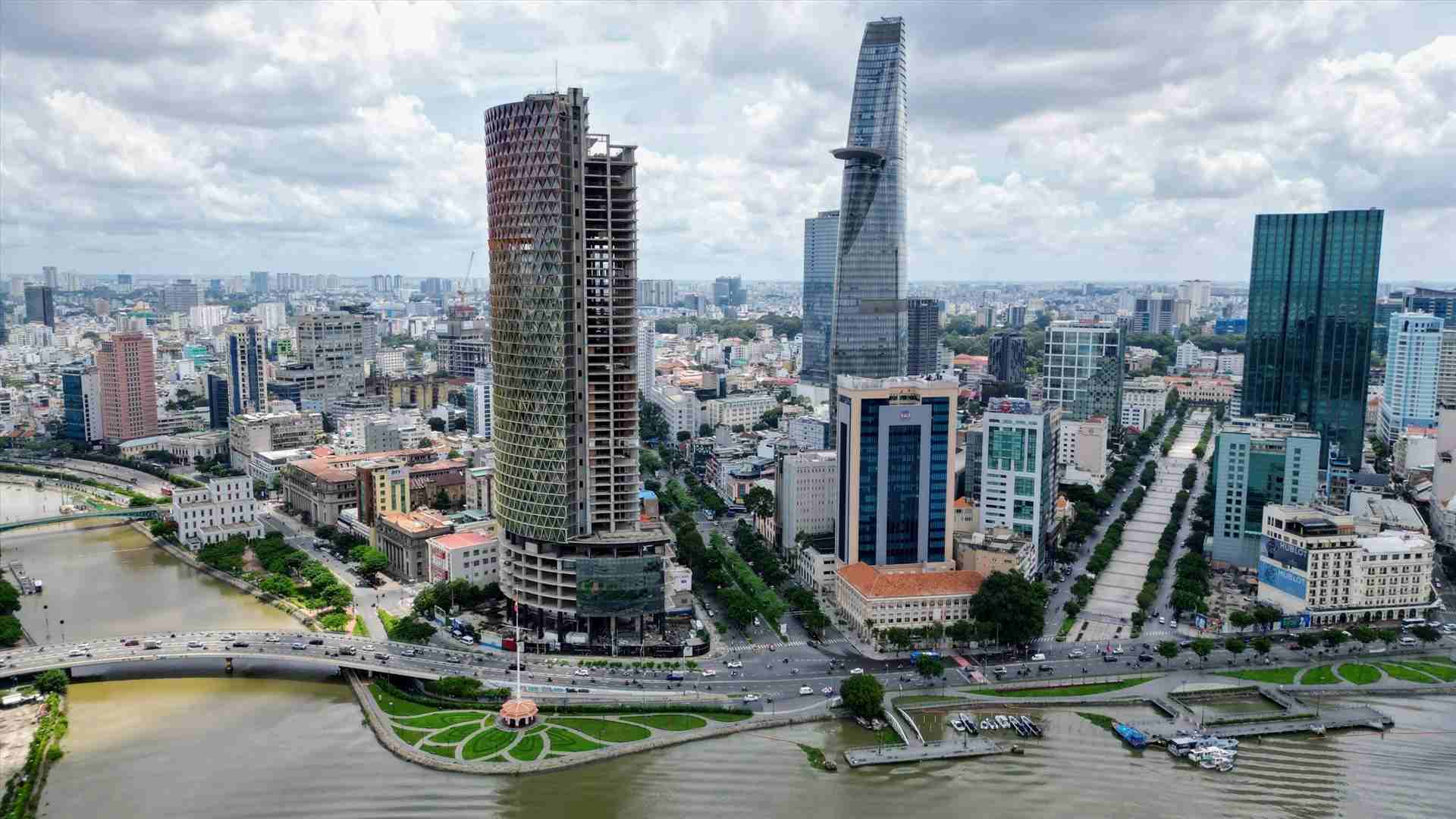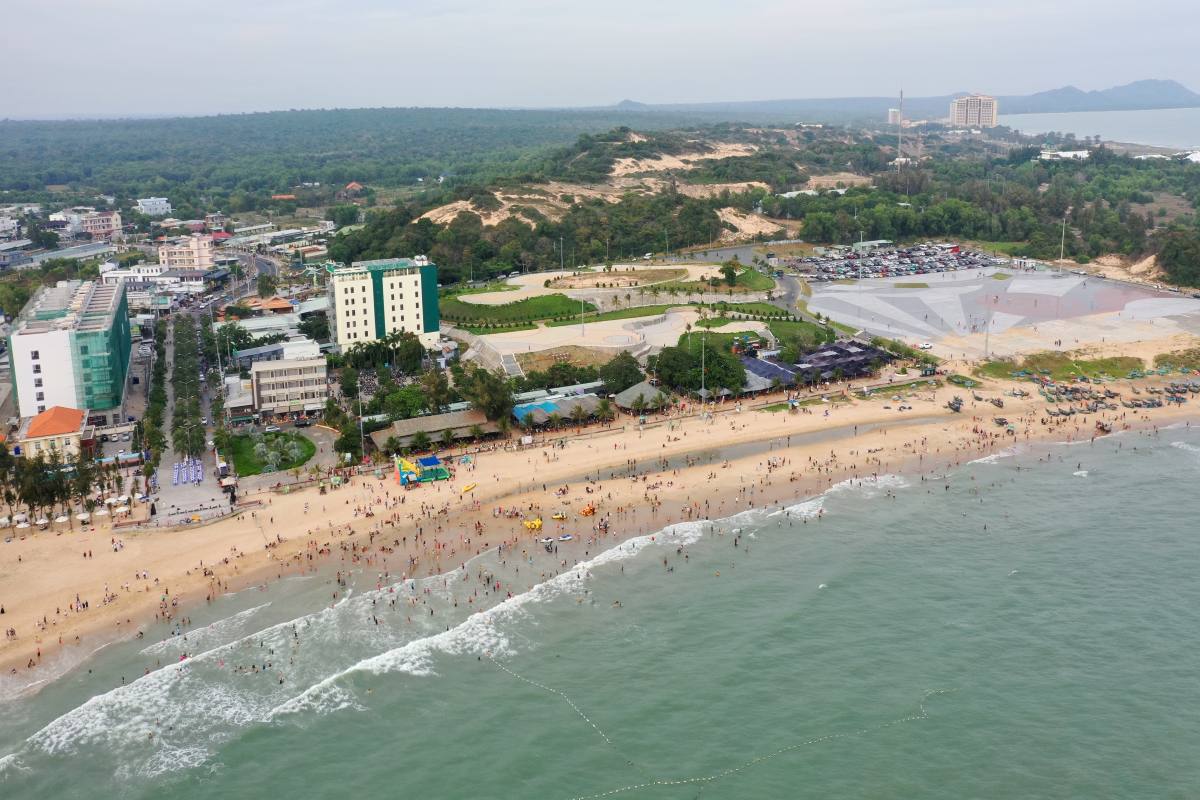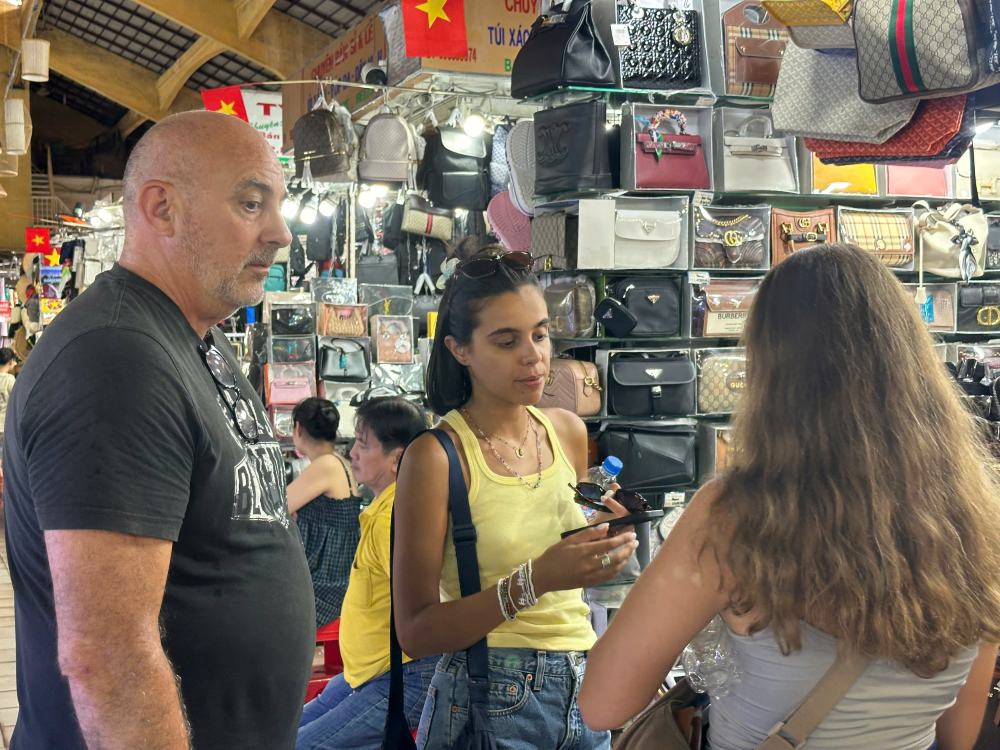In the growth picture of the Ho Chi Minh City tourism industry, tourism products are constantly being innovated and diversified to suit market trends. By promoting regional linkages, the city's tourism industry hopes to exploit the full potential, thereby creating attractive inter-regional tours.
The change in administrative boundaries has opened up opportunities for the development of new tourism routes, helping the Ho Chi Minh City tourism industry quickly reposition the market and brand. At the same time, build products suitable for the expanded urban space, increase regional connectivity and gradually reposition the city's tourism image as a dynamic and modern tourism center of the Southern region.

In the domestic market alone in the first 6 months of 2025, Vietravel Company recorded nearly 134,000 individual visitors and over 547,000 group visitors, with a growth rate of 30% over the same period last year. It is expected that in 2026, the total number of domestic visitors will continue to increase by more than 40%, thanks to a series of inter-regional products, especially the new-generation Xuyen Viet tour chain.
In addition, the operating model of enterprises is also restructured into 5 strategic linkage clusters: Northern region, North Central region, South Central region - Central Highlands, Southeast region and Southwest region. From there, proactively adapt to the trend of linking regional value chains, one of the pillars of economic - tourism development in the new era.
The Ho Chi Minh City Department of Tourism stated that the entire city's tourism industry is actively shifting from recovery to accelerating development, proactively adapting to the new context.
At the same time, promote regional linkages, sustainable development, taking people and tourists as the center, contributing to the successful implementation of the city's socio-economic development goals in 2025 and the next period.

In the first phase, the city's tourism industry will focus on 3 main tasks including perfecting the organizational structure and adjusting working regulations to suit the new administrative unit; integrating data systems to improve management efficiency; reviewing and proposing adjustments to administrative procedures to facilitate businesses and tourists.
In terms of infrastructure, Ho Chi Minh City has the advantage of a completed transportation system. When Long Thanh International Airport Phase 1 comes into operation, travel time between Ho Chi Minh City, Vung Tau and Binh Duong will be shortened, creating favorable conditions for international tourists to go directly to coastal resorts without having to go through the city center.
Strategic expressways such as Ho Chi Minh City - Long Thanh - Dau Giay, Ben Luc - Long Thanh, Ho Chi Minh City - Thu Dau Mot - Chon Thanh will contribute to strengthening inter-regional connectivity and promoting the entire tourism network.

According to statistics from the Ho Chi Minh City Department of Tourism, international visitors to Ho Chi Minh City in June 2025 are estimated at 732,651, an increase of 62.8% over the same period in 2024; In the first 6 months of 2025, it is estimated at 3,856,534 visitors, an increase of 44%, reaching 45.4% of the 2025 plan.
Domestic tourists to Ho Chi Minh City in June 2025 are estimated to reach 3,252,054, an increase of 3.7% over the same period in 2024; In the first 6 months of 2025, it is estimated to reach 18,333,609, an increase of 7% over the same period in 2024, reaching 40.7% compared to the 2025 plan.
Total tourism revenue in June 2025 is estimated at VND199,938 billion, up 20.1% over the same period in 2024; In the first 6 months of 2025, it is estimated at VND117,937 billion, up 27.3% over the same period in 2024, reaching 45.4% of the 2025 plan.











